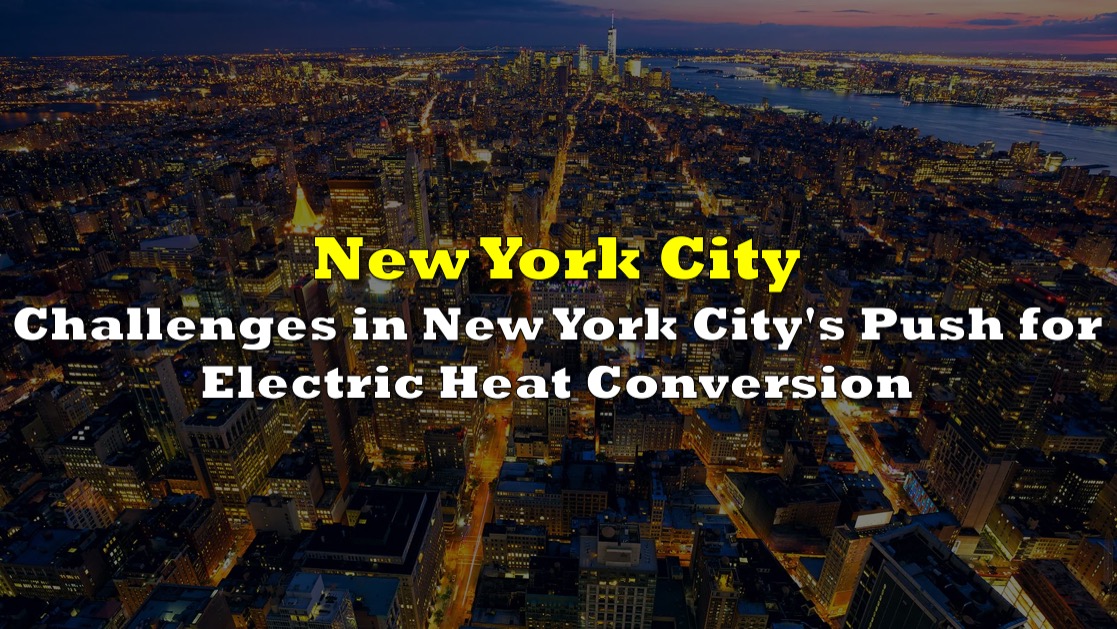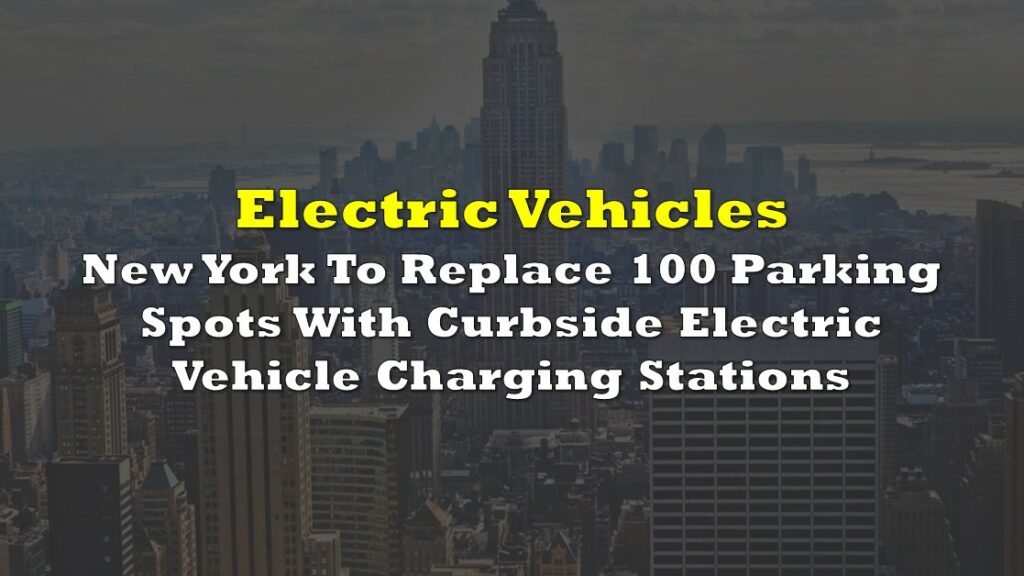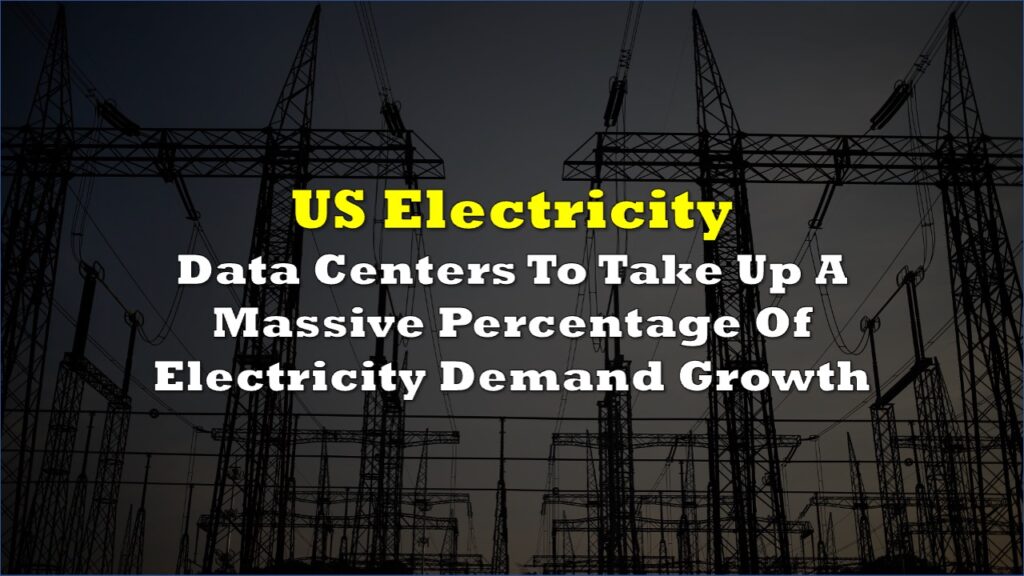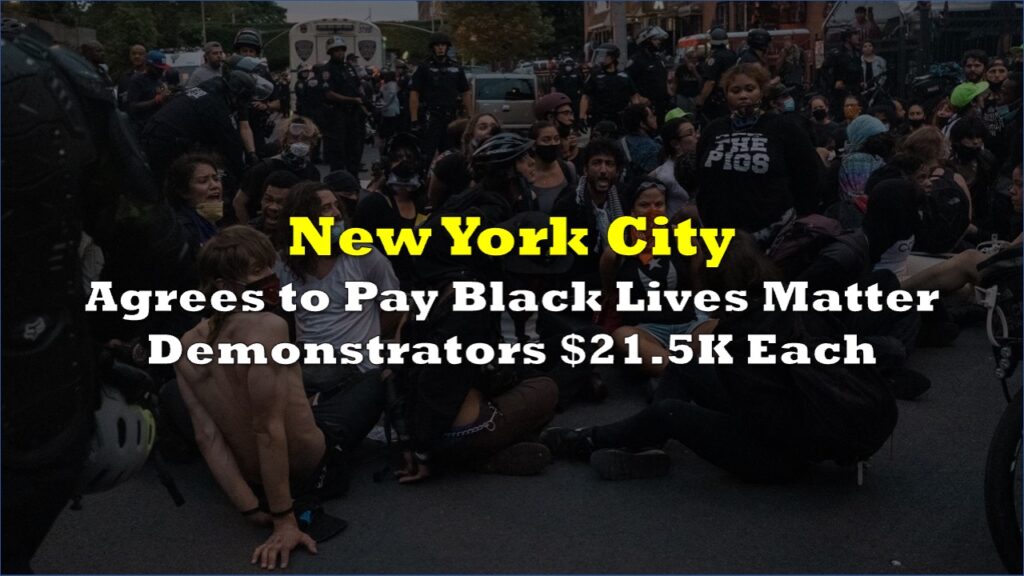New York City is at the forefront of the transition to green energy, aiming to lead the way in reducing emissions and embracing electric alternatives. However, recent developments shed light on the practical challenges and costs associated with this ambitious endeavor.
The Climate Mobilization Act, also known as Local Law (LL) 97, enacted in 2019, sets stringent emissions reduction mandates for buildings in the city. The first deadline for residential buildings, slated for January 2024, raises concerns as many buildings face the challenge of transitioning away from fossil fuels without a clear roadmap.
New York City's leaders are out of their minds. This blog post reveals that the actual cost to convert to electric per apartment unit – in the only building where it's been attempted – is $176,000.
— Montana Skeptic @MontanaSkeptic@masto.ai (@montana_skeptic) November 29, 2023
The anti-fossil fuel movement, without nuclear, is a world of fantasy & fraud. https://t.co/OKJvzH8iD1
Daughter Jane, a board member of a Queens co-op subject to the 2030 LL97 mandate, highlighted the financial burden faced by middle-class owners in attempting to convert their buildings to electric heating. Despite the looming deadline, there is a notable lack of successful large-scale building conversions, leaving stakeholders uncertain about the feasibility and costs involved.
However, a significant project underway at the Frederick Douglass Houses, part of the New York City Housing Authority (NYCHA), aims to provide insights into electric heat pump conversions. Partnering with the New York Power Authority (NYPA), NYCHA is retrofitting a 20-story tower, representing a potential template for the conversion of their extensive building portfolio.
As the completion of this two-year project approaches in December 2023, initial reports indicate a concerning reality. The 159-unit building’s conversion cost totals a staggering $28 million, translating to over $176,000 per unit. This raises questions about the financial viability of such conversions, especially for middle-class residents, considering the potential rent increases required to fund these projects.
NYCHA and NYPA tout the project as groundbreaking, emphasizing its potential to reduce greenhouse gas emissions and provide tenants with more control over individual unit temperatures. However, the exorbitant cost per unit raises doubts about scalability and affordability, particularly when applied to the extensive NYCHA building portfolio.
Critics argue that retrofitting central heat pump systems for older buildings, such as those built in the 1970s, 60s, 50s, or even the 1920s, appears infeasible and economically impractical. The lack of alternative scalable solutions adds complexity to the situation, prompting stakeholders to rethink their approach.
NYPA spokesperson Paul DeMichele acknowledged the complexities of the project, prompting NYPA and NYCHA to explore other scalable solutions for implementing heat pump technology. Previous attempts to install alternative heat pump mechanisms on building roofs faced similar challenges, emphasizing the need for innovative and practical solutions.
With the January 2024 deadline approaching, New York City finds itself at a critical juncture, grappling with the reality of implementing electric heat conversions on a large scale. The current lack of clear success stories raises questions about the feasibility, costs, and overall viability of transitioning older buildings from gas or oil heat to electric heat pumps. As the city strives to lead the way in environmental initiatives, the challenges of energy transition are becoming increasingly apparent.
Information for this briefing was found via Manhattan Contrarian and the sources mentioned. The author has no securities or affiliations related to this organization. Not a recommendation to buy or sell. Always do additional research and consult a professional before purchasing a security. The author holds no licenses.









